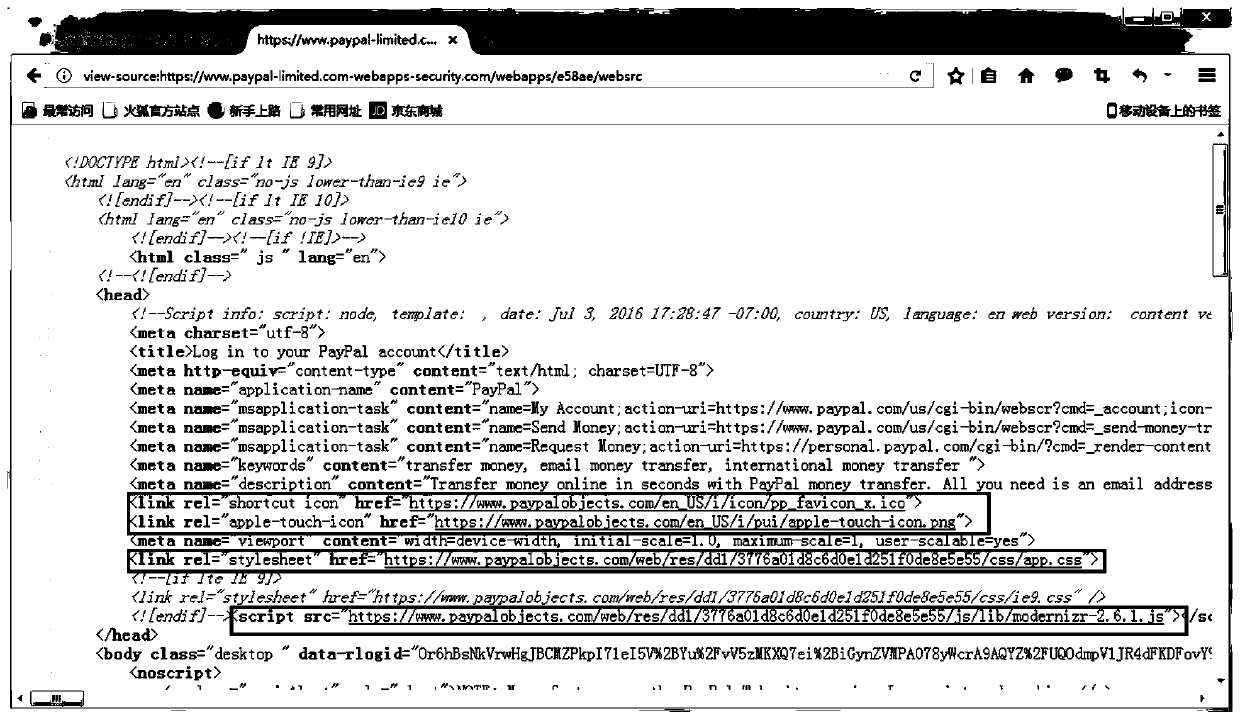Method and device for identifying phishing websites
A technology for phishing websites and identification methods, applied in the fields of network security and information technology, to achieve the effect of convenient expansion, wide application range and improved efficiency
- Summary
- Abstract
- Description
- Claims
- Application Information
AI Technical Summary
Problems solved by technology
Method used
Image
Examples
Embodiment Construction
[0036] The present invention will be described in further detail below through specific embodiments and accompanying drawings.
[0037] Phishing is essentially brand counterfeiting. Phishers send false information through emails, instant messaging, etc. to lure users to visit pre-built counterfeit websites to defraud users of their privacy and property. Among them, counterfeit websites, as the most important crime site, are often highly similar to real brand websites visually, in order to deceive users into believing they are real. Today, websites (especially big brand websites) are no longer simple text and pictures, but contain a large number of elements and resources with unique brand styles, including Logo pictures, Favicon pictures, CSS files, JS files, etc.; To confuse the real ones, these resources of the brand website are often directly used, that is, the links to these resources are embedded in the source code of the web page. For example: https: / / wvw.paypal-limited....
PUM
 Login to View More
Login to View More Abstract
Description
Claims
Application Information
 Login to View More
Login to View More - R&D
- Intellectual Property
- Life Sciences
- Materials
- Tech Scout
- Unparalleled Data Quality
- Higher Quality Content
- 60% Fewer Hallucinations
Browse by: Latest US Patents, China's latest patents, Technical Efficacy Thesaurus, Application Domain, Technology Topic, Popular Technical Reports.
© 2025 PatSnap. All rights reserved.Legal|Privacy policy|Modern Slavery Act Transparency Statement|Sitemap|About US| Contact US: help@patsnap.com



